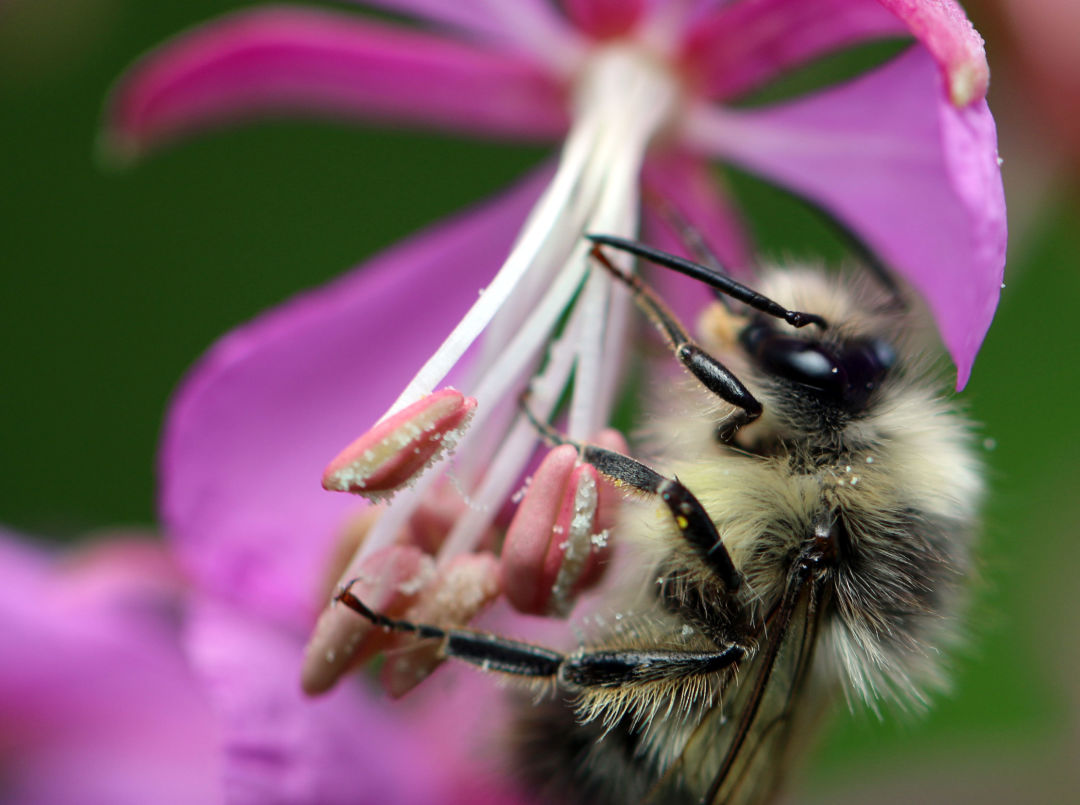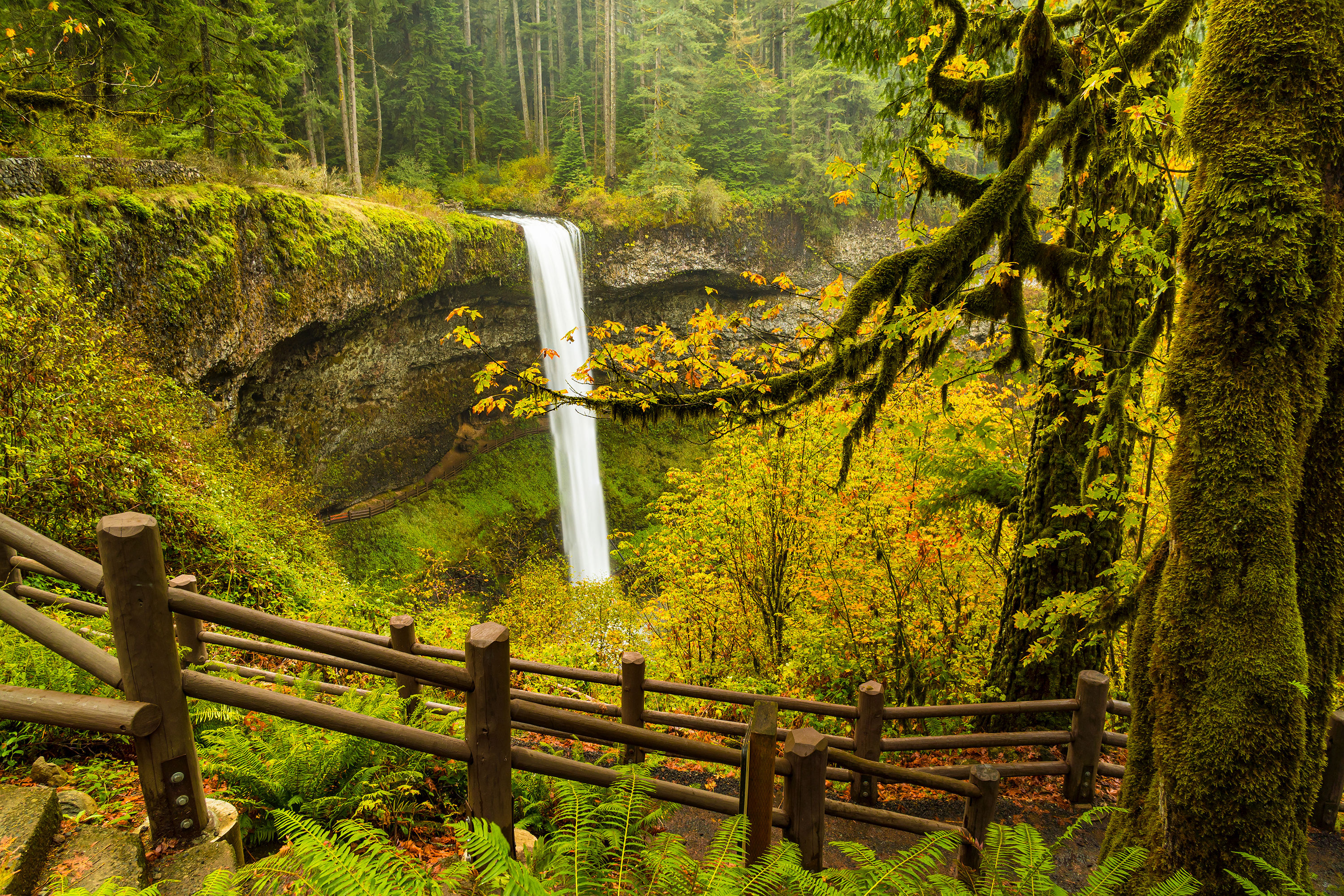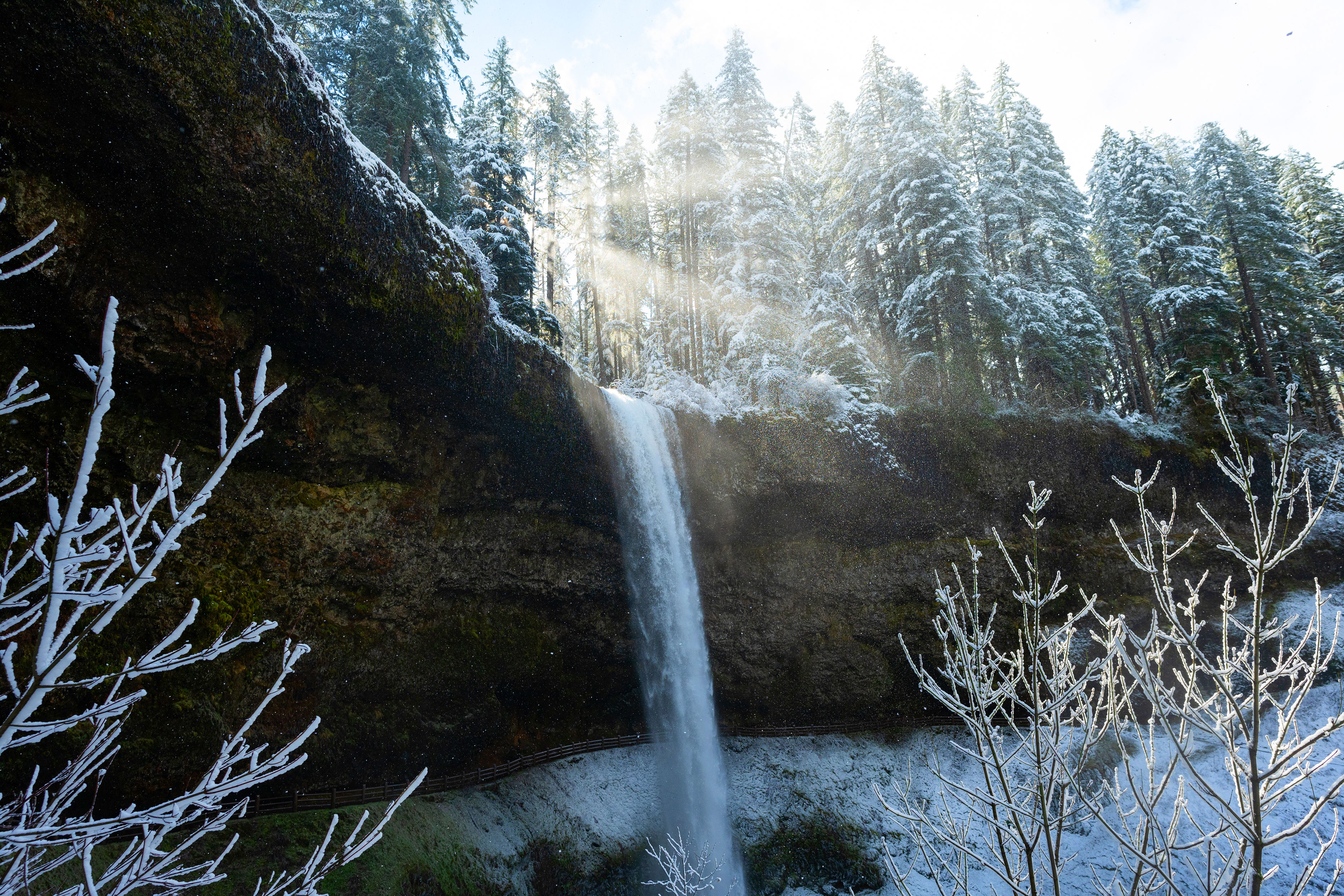Could Wildfires Help Save Oregon's Native Bees?

Meet Bombus mixtus, a.k.a the fuzzy-horned bumblebee. This ground-nesting bee loves wild lilacs, rhodies, ragwort, and, yes, fireweed.
You might be surprised to learn that even as Oregon feels increasing heat from summer wildfires, the actual number of blazes has been trending downward since 2008. It's possible that the state's new normal for wildfires is the megablaze: bigger, hotter, and costlier. We dished out a whopping $454 million dollars in 2017 to combat fires across 665,000 acres, with the effect's of that year's Gorge blazes still manifesting in trail closures and hiker-threatening rockslides.
And guess what? Fire season has already sparked this year, with one scathing 189 acres of Santiam Park on March 19. (It's not just Oregon; eight wildfires were reported in Washington on March 20, prompting all personnel from Cowlitz 2 Fire & Rescue to report to duty.)
There is at least one one silver lining, thanks to an Oregon State University study published April 3. “After a really severe fire, those scorched patches play a really important role in biodiversity,” says Dr. Sara M. Galbraith, one of the study's authors. “There’s more and more data supporting this idea that we need young forests.”
According to the OSU study, the more severe a fire, the more expansive is the area's subsequent bee diversity, due to the large variety of flowering plants that emerge from the ashes. (After a blaze, stressed native flora can go into overdrive, producing exponentially more bee-attracting blooms than they would in a normal season.)
“A lot of news that we see is related to honeybees, which are managed and affected by very different things,” says Dr. Galbraith. “There are over 500 species of wild bees native to Oregon [that] are mainly affected by habitat loss and pesticide. With increasing habitat loss, a lot of places in the world are seeing reductions.”
Analyzing the remains of the 2013 Dad’s Creek Fire and Rabbit Mountain Fire, researchers determined fire severity, collected bees in traps of the course of four samplings in 2016 and 2017, and recorded all flowering species and plant density at over 35 study sites. The result? They found that the more torched an area was, the broader the range of bee species afterward.
An increase in bee diversity doesn’t equate to more bees, Dr. Galbraith cautions. However, that greater diversity of bees is a huge boost to recovering burn zones that might otherwise be vulnerable to invasive or opportunistic plant species. Reason: each native bee species is attracted to the flowers of different plants. For example, Halictus tripartitus, the most abundant bee species in the study, is attracted to smaller flowers, which tend to be passed over by larger bees, such as the Bombus family, which prefer plants with narrow corolla tubes, such as blueberries.
Hidden bonus: bee insurance. Explains Dr. Galbraith: “In the case that other disturbances happen to the ecosystem, if you have more [bee] species present you’re more likely to have [plant] groups that’ll persist in the face of a challenge.”




